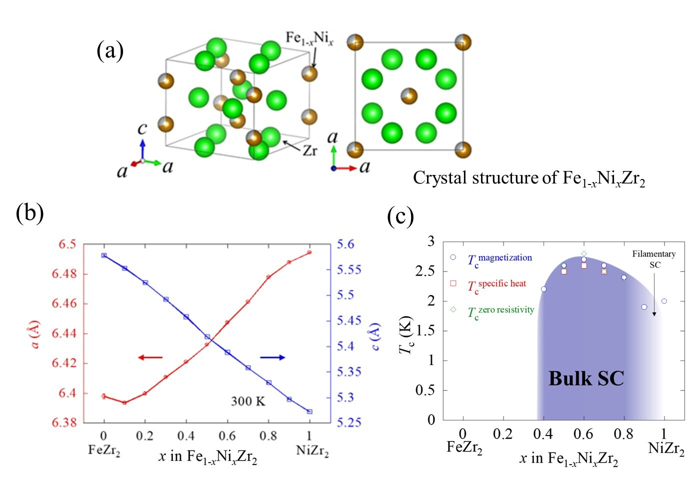Students have discovered a new unconventional superconductor.
Superconductors are materials that can transmit energy without resistance losses under certain conditions. They are already utilized in superconducting magnets for medical devices and in superconducting cables for fundamental physics research.
Typically, these materials need to be cooled to temperatures around four kelvins using liquid nitrogen and helium. The technological and logistical challenges associated with this cooling process are a significant barrier to the broader deployment of this technology.
Researchers are on the lookout for materials that can exhibit zero resistance at higher temperatures. An important threshold for researchers is superconductivity at 77 kelvins—beyond this point, liquid nitrogen can be used instead of liquid helium, which is both cheaper and easier to handle.
High-temperature superconductivity may operate under a different mechanism than "conventional superconductors," which adhere to established theoretical foundations, particularly the BCS theory by Bardeen, Cooper, and Schrieffer.
Unconventional superconductors represent a promising area of research into high-temperature superconducting materials. Scientists have high hopes for these materials to enable lossless energy transmission on an industrial scale.
Researchers from Tokyo Metropolitan University have discovered a new superconducting material. They combined iron, nickel, and zirconium to create a new transition metal zirconide with varying ratios of iron to nickel. The physicists shared their findings in an article for the Journal of Alloys and Compounds.
For the first time, they demonstrated that a polycrystalline alloy of iron, nickel, and zirconium exhibits superconducting properties. Individually, iron zirconide and nickel zirconide are not superconducting in their crystalline form, but their mixture shows significantly different properties compared to the individual substances.

Experiments with the new material began as a student project. Students created alloys of iron, nickel, and zirconium in various ratios using an arc melting method. The alloy developed by the researchers shares the same crystalline structure as tetragonal transition metal zirconides—a family of promising superconducting materials. The scientists also found that the lattice constants change smoothly depending on the iron to nickel ratio.
Importantly, the researchers identified a composition range where the superconducting transition temperature increased and then decreased. This "dome-shaped" profile is indicative of unconventional superconductivity.
Further experiments confirmed that the magnetization of nickel zirconide demonstrates an anomaly similar to a superconducting magnetic transition, which also indicates unconventional superconductivity.
According to the scientists, the material they discovered opens new avenues for studying unconventional superconductivity. They will continue to investigate the material and the potential for developing the next generation of superconducting devices based on the nickel-iron-zirconium alloy.